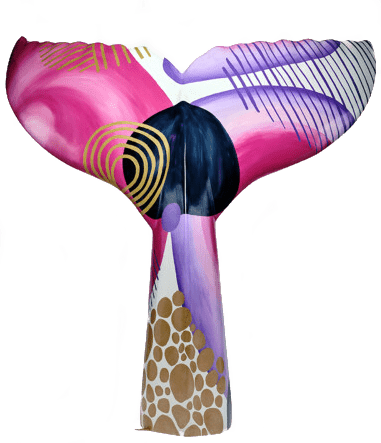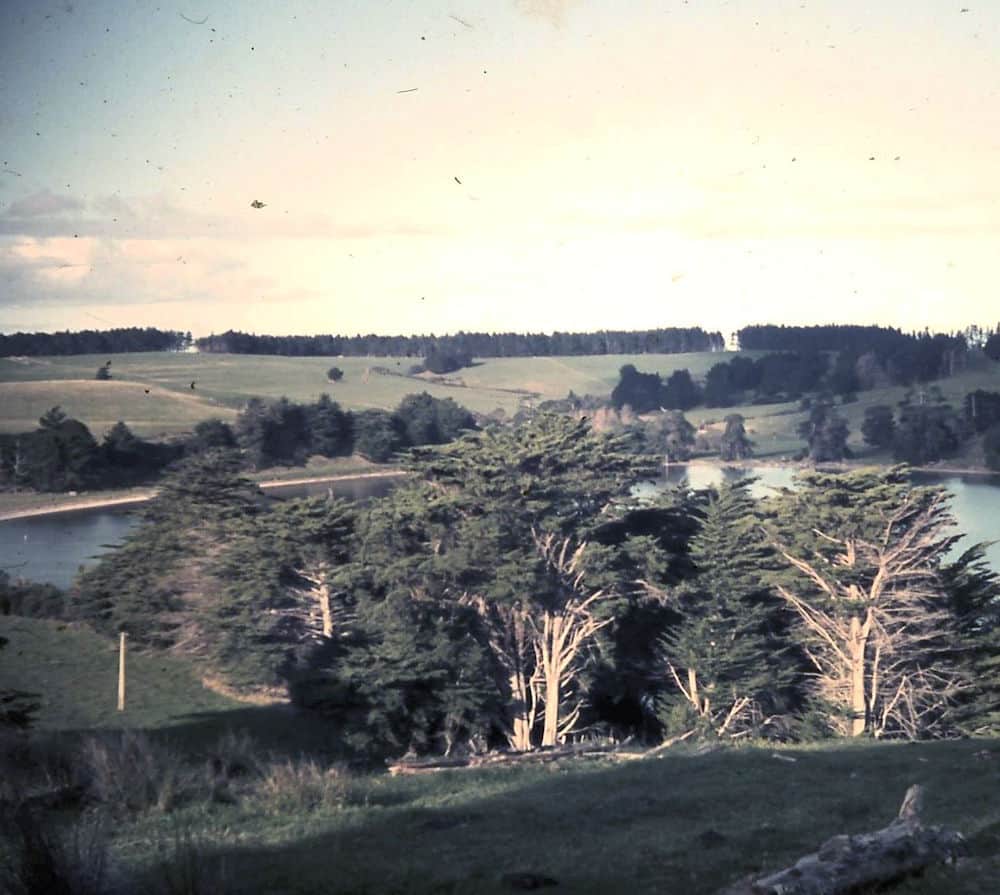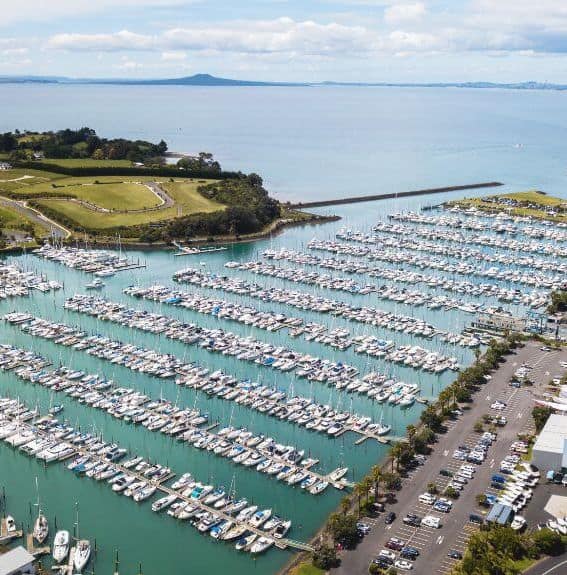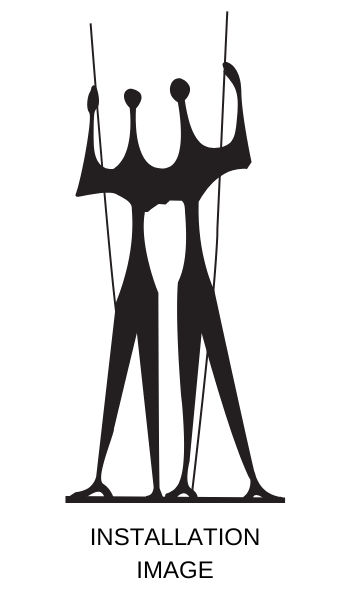HISTORY
Through the 19th century Ngati Kahu migrated over their ancestral domain between Orewa and Okura in a seasonal cycle of fishing, hunting, gathering and harvesting.
They maintained kainga, or occupation sites, throughout this area although settlement was concentrated around the sheltered bays on the southern coastline of the Whangaparaoa Peninsula, and in particular at Te Haruhi Bay because of its strategic location and its abundant natural resources. It also provided the best site for cultivation in the Whangaparaoa district.
In 1876 Paora Tuhaere who was the paramount chief of Ngati Whatua who was also of Ngati Kahu descent tried to lease part of the land at Te Haruhi u201cas a place where we may cultivate and near a fishing ground for sharksu201d. The old kainga (village) is now part of Shakespear Regional Park.
The first European in this area was Ranulph Dacre who milled the forests around Wade. The area around Gulf Harbour was subsequently bought from Dacre by the Frackovich brothers who grew wine down in the valley between 1910-20.
The area was later owned by the Hobbs family. The site, is also known as Hobbs Bay, was sold in the early seventies by the Hobbs family and construction of the marina began.
In March 1995 the grand opening was held. The marina occupancy grew rapidly due to the promises of a grand lifestyle including a world class marina.
Today Gulf Harbour Marina is a world class marina and one of the most popular in New Zealand. It is the holder of the New Zealand Clean Marina of the Year for 2020 through which the marina protects coastal water quality by engaging in environmentally sound business and operational practices.
Gulf Harbour Marina is one of our start/end points of the Whangaparaoa Coastal Trail linking with the ferries that come through from Auckland city.




